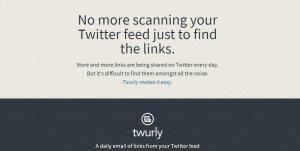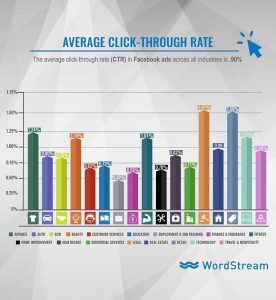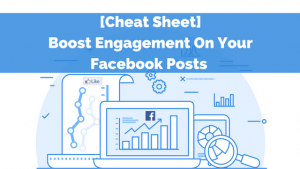Workfront Planning, new from Adobe, joins the dots between upfront campaign planning and record creation and work execution.

Adobe announced the general availability of Adobe Workfront Planning, a solution that delivers a flexible, unified view of campaign planning and activity leading to fast execution. The aim is to replace manual gathering of disparate information with customizable visualizations in a generative AI-powered interface (think natural language prompts and conversations).
Key to Workfront Planning is connecting the planning of campaigns and the creation of associated records (updated in real time) with the work execution Workfront is known for.

Main capabilities
The main capabilities of Workfront Planning fall under three headings:
1. Curated visualizations
As mentioned above, Workfront Planning will visualize day-to-day marketing operations in different kinds of views. A timeline view displays ongoing campaign-related activity, customizable by team or by stakeholder. There’s also a spreadsheet view.


2. Campaign brief creation
Generative AI capabilities allow the uploading of existing campaign planning materials (such as presentation decks) to create a new marketing brief. The conversational interface allows users to question details across campaigns. The expectation is that brief creation will be considerably faster.
The brief responds to new inputs, like a change in budget — or even ongoing expenditure — in real time. “Turning static documents into dynamic briefs is a huge value proposition,” Richard Whitehead, director of product marketing at Adobe, told us.
3. Record-keeping
The generative AI abilities support the creation of marketing records like target audience and region, tactics, relevant business unit, again through a conversational interface.
Existing users of Workfront Planning include Deloitte, NASCAR and Nordstrom.
Why see it through a marketing lens?
At a glance, Workfront Planning capabilities would seem to be utilizable by many business teams, not just marketing; and yet it’s clearly aimed at marketing. We asked Whitehead why this was. “The reason we talk about it from a marketing lens is, number one, we’re Adobe. Adobe and marketing are synonymous.” But indeed, Whitehead said, there are customers that use Workfront Planning in the product development cycle. Workfront has long supported agile or waterfall work execution. “Now, with Workfront Planning, you can map that out in the same way. We talk about it in the context of the campaign but it can certainly extend beyond marketing.”
Is the main advantage of this new solution the ability to do things that couldn’t be done before, or is it mainly about speed of execution? “Speed is just about going fast,” said Whitehead, “but velocity is about going fast with direction. What Workfront Planning gives you is velocity. We don’t want you to go so fast that you’re just — doing stuff. It has to have a level of quality. Tying together planning with the execution of work, that connective tissue, is the part that makes us unique.”
The solution can be used to design campaigns for a range of channels, from social media to display, but delivery does not take place within Workfront. “We tie in, of course, to other Adobe applications to execute campaigns. If I was doing a Facebook ad, I would do the planning of it, the banners, the copy, inside of core Workfront, then pass it along to other Adobe applications to push into that channel.”
What Workfront Planning adds to established Workfront capabilities
Workfront, of course, was around for some time before being acquired by Adobe; it’s known as a work planning platform. We wanted to get clear about how Workfront Planning differs from Workfront’s established capabilities.
“Workfront has always had what I call ‘little p’ planning. I could create a project and know the deliverables, those types of things, in the context of work execution,” Whitehead explained. “What we’re adding that is new and noteworthy is the ability to literally create the records associated with the upfront planning. Marketers are using spreadsheets to do that today. This sets up a high-level view and then provides visibility into it across the organization.”
Tying the planning together with the work execution is what Whitehead views as the main advance here.
The post New Adobe Workfront Planning ties campaign development to execution appeared first on MarTech.
(5)
Report Post





